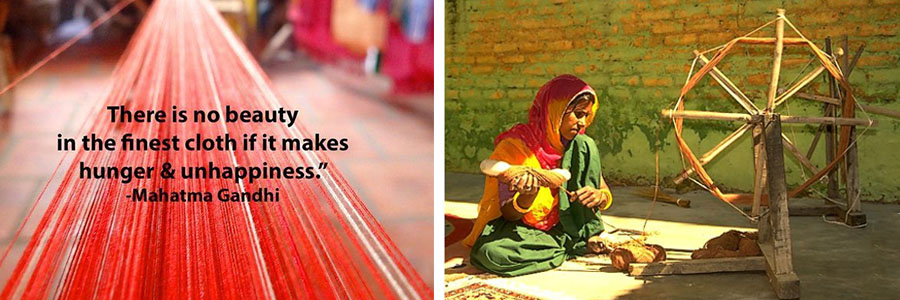Designing
Design is a form of art dedicated to the creation of clothing and lifestyle accessories. Design is influenced by cultural and social attitudes, and has varied over time and place. Design Services is an entity that we provide services like trend and color forecasting, market analysis, design concepts & design documentation for our clients. The first step in developing a design is to determine the needs of the client, the ultimate function for which the design is intended, and its appeal to customers or users. Our designer was creating a design often begin by researching the product characteristics, such as size, shape, weight, color, materials used, cost, ease of use, fit, and safety. These creative process often begins with different art mediums to map concepts for the finished product. The designed clothes are functional as well as aesthetically pleasing.

Services provided :
Color and trend forecasting
Garment design sketches
Fashion illustrations
Line sheets
Presentation boards
Pattern grading

Once the design process is completed the design collections are forwarded to our pattern departments in the form of specific technical files. Here’s the place, The flat-pattern method is where drafted on a flat surface from measurements, using rulers, curves and straight edges. Our pattern maker also use various tools such as a notcher, drill and awl to mark the pattern. We keep this pattern as garment templates which is made in the form of paperboard. This paper pattern templates are used for parts of a garment are traced onto fabric before being cut out and assembled. These patterns are made to a specified fit as per given technical files, then it is graded to various measurement sizes like S, M, L, XL.. Grading is the process of shrinking or enlarging a finished pattern to accommodate it to client specified sizes. Grading rules determine how patterns increase or decrease to create different sizes. After a paper pattern is completed by grading, our pattern-makers digitize their patterns for archiving and purpose approval purposes.
Sampling
Sampling is an important part of the garment development process. It is a model of what the bulk production is going to be done. This process will take forward to make a real garment from patterns. Here we use the pattern to cut fabric into garment panels like front body, back body, sleeve, cuff, collar, plackets etc. then each part of the garment panel is assembled and sewed by our well trained tailors as based on requirement of the technical files provided. After completion of sewing, the samples will be overviewed and checked by our professional Quality controller, whether a sewn garment, it’s meets the requirements as per the technical aspects. Then finally samples will sent to clients for their approval. Because the clients generally place the order after they are satisfied with the quality of the samples. So sampling is a very important task, because it gives the satisfaction to the customer with respect to the product being manufactured.
Offered samples
Proto samples
Fit samples
Photo samples
Salesman samples
Inspection
Inspections are done to control the quality and by examining the products without any instruments. To examine the fabric, sewing, button, thread, zipper, garments measurements and so on according to specification or desired standard is called inspection. There are so many facilities for inspection in every section of garments industries. The aim of inspection is to reduce the time and cost by identifying the faults or defects in every step of garments making.
It involves the following steps-
1. Confirmation of Quantity:
First step of garment inspection starts with confirmation of quantity with the vendors packing list by counting all pecs. Of each box. If quantity does not matchthe packing list, the discrepancy is informed to the vendor.
2. Confirmation of Accessories:
Here, brand tags, demerit tags, price tags or other tags, wash care labels, woven labels, or other labels and accessories as required by the buyer are checked.
3. Size Specification inspection:
After confirmation of accessories all pieces are checked as per size specification based on the instruction sheet which is given by the buyer side. If any measurement problem is noticed, the original sample is checked.
4. Inside Inspection:
At this stage, garment is checked internally from the reverse side to ensure that there is no fabric defect, poor stitching, and stains etc., in the garment.
5. Outside Inspection:
The garment is checked externally to ensure that there is no colour variation, weaving defect, fabric defect, printing defect, holes, poor stitching, bad smell , dying defect and stains etc., in the garment.
6. Final Inspection:
The final Inspection stage is the most important part of inspection process - the garment is rechecked to confirm that inspection is done properly without missing any checking step. If any defect is noticed,it is put it into rejection bin or send it for repay.
7. Packing:
All “Grade-A” goods are put back into poly bags as per the original packaging and then they are sent for needle inspection.
